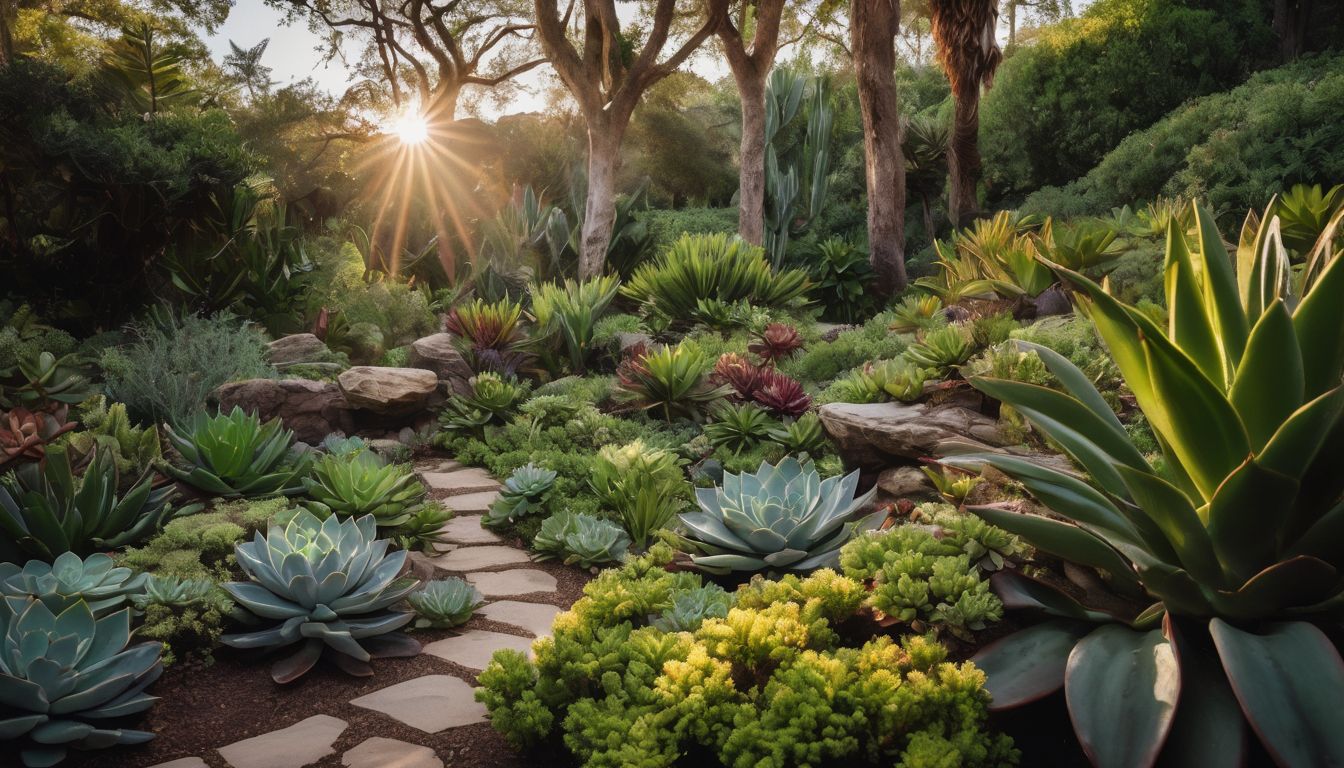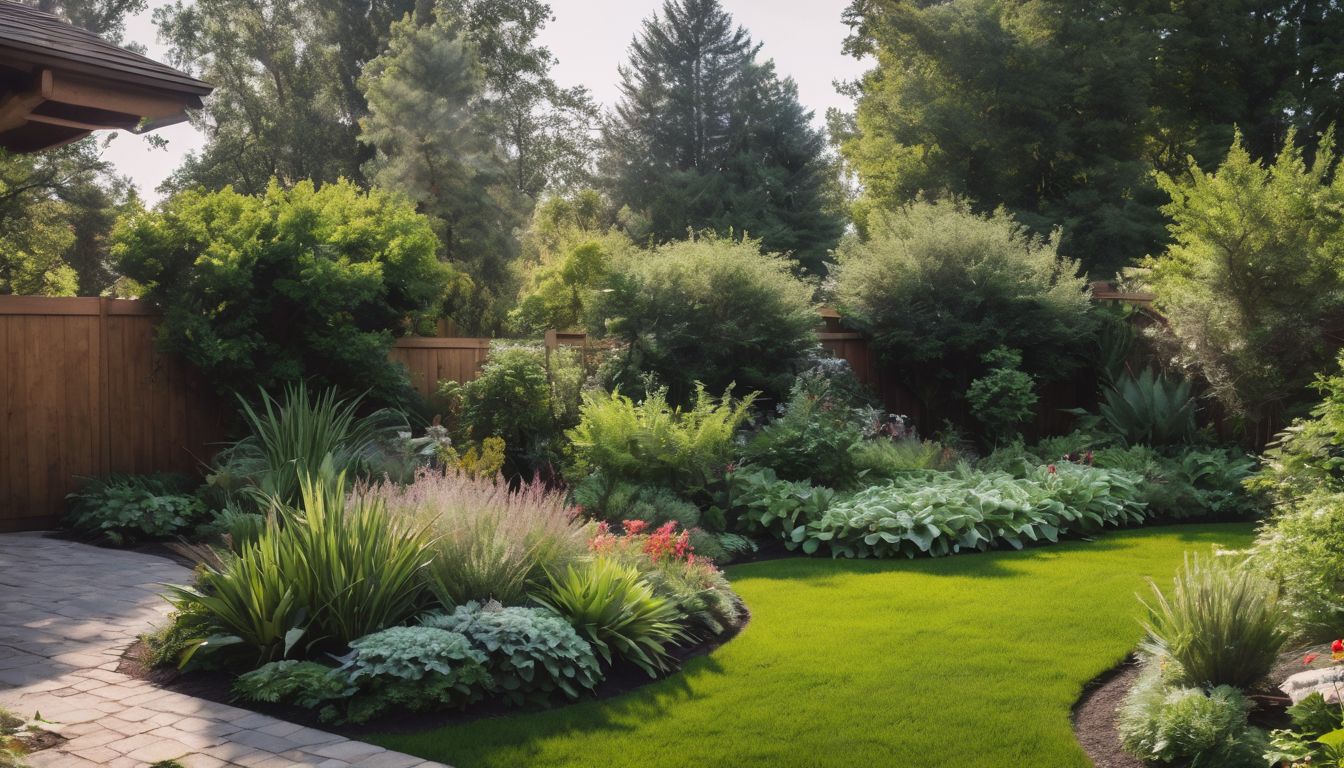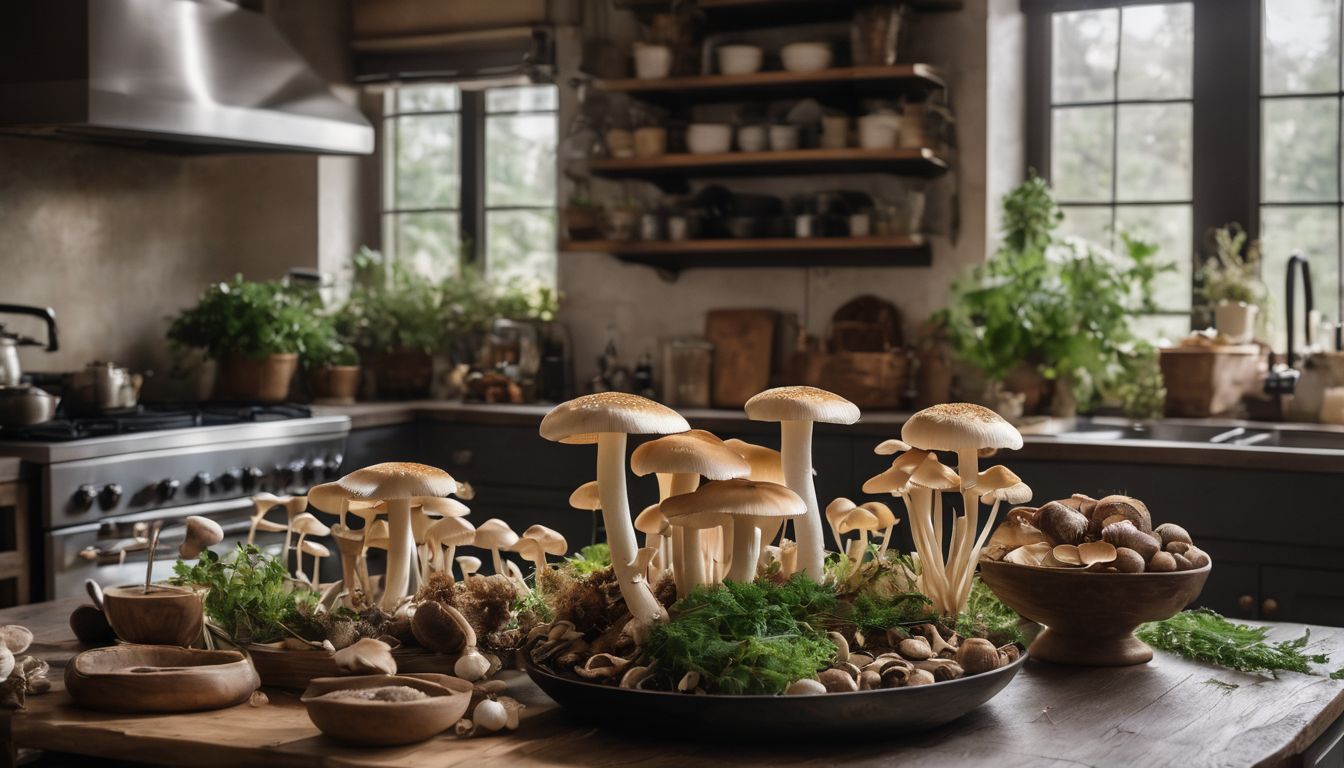BENEFITS to the Environment: High. A plant owner can replace all store bought inputs (food/fertilizer and water) with items that would be thrown away if not used this way, creating a zero-impact system.
BENEFITS to your wallet: High. As said above, with these methods you will be saving money in exchange for a bit of extra effort.
BENEFITS to your Health: High. Plants are scientifically proven to have positive psychological effects,1 plus plants filter air and consume some carbon dioxide, increasing the amount of fresh air in your home.2
Cost: Low
Time and Effort: Medium
Instructions:
- Start off with seeds instead of full plants.
iDepending on how green your thumb is, beginning your indoor garden with seeds instead of already grown plants is an inexpensive way to bring life to your apartment. While both can be purchased from local, organic farmers, seeds require less resources on the grower’s part. The benefits to you:
- You nurse your plants to life from the embryo-state. You are their mom and/or dad. If that’s not psychologically rewarding, I don’t know what is.
- It is guaranteed to be organic and grown from recycled materials, meaning its growth impacts are nearly zero, while plants grown by a farmer were probably done so with ground water and fertilizer, which is far less environmentally cool.
- You learn from the beginning what the plant needs to survive, enabling you to start developing your gardening skills beginning with stage 1, “growing a plant from a seed”. If the seeds don’t grow very well or things die off quickly, you learn from your mistakes and get closer to becoming a indoor gardening jedi without costing you an arm and a leg for each failure and success (like a full grown plant would).
- You nurse your plants to life from the embryo-state. You are their mom and/or dad. If that’s not psychologically rewarding, I don’t know what is.
- Buy plants that are drought resistant and low-maintenance.
This doesn’t mean you need to limit your plant choice to a cactus garden—although those are nice, and a good solution—but simply choosing plants that require less water, lighting, or food means that you can save money and energy. Plus, if you go on vacation for a week the thing won’t die on you and you won’t need to hire a plant sitter. Here are some plants that are low maintenance and still beautiful:3
Flowers: Bromeliad, cattleyas, African violets
Plants: Pothos, spider plant, snake plant
Herbs: Dill, thyme, basil, sweet marjoram, parsley, fennel, chives, sage4
Fruits: Papaya, lemons, grapefruit6
Vegetables: Radishes, mini cabbage, spinach7
Fruits are the trickiest because they take the longest to grow, flower seasonally, need extra lighting, need to be trimmed down more, and some, like lemons, need to be kept as dwarf plants. They definitely require more maintenance and attention but if you love fruit it’s worth it. Vegetables grown indoors will also not yield as much as outdoor gardens due to space. And hearty vegetables like radishes are easier because others like tomatoes take a lot of sunshine and warm temperatures to flourish.8 - Use grey water
Grey water (used water) is okay to use for plants and it reduces water waste a ton. However, there are a few exceptions: Experts advise not to use grey water on seedlings, use once the plant is established and less sensitive. Also, avoid using it on root plants that are eaten raw, such as carrots.9 And, since used water often has a higher salinity than fresh water, use it every other day just to be on the safe side. And to keep up with the organic theme, grey water would be the most harmless to your flowers and herbs if it only contained biodegradable soaps! Put a bucket somewhere in the shower or simply scoop out your dishwashing water from the sink after you use it.
For more information on grey water, check out the Greeniacs Guide: Reuse Your Grey Water . - Compost, Compost, Compost
Compost is free food for your plants. Almost all food scraps can be put into a compost pile and turned into delicious (and free!) nutrition for you potted-babies. Depending on the size of your condo or apartment, you’ll need some sort of container to keep the compost in. There are two great kinds of composters for small spaces:- iiiElectric compost– these babies are like the magic carpets of apartment composting. You dump in food scraps (any food scraps) and in two weeks a little red light comes on, and you open a separate drawer and viola! Out comes amazing compost. Nature Mill (How to Build a Composting Toilet
Power Compost Ingredients:- If you are a coffee drinker or tea drinker, count your blessings. Coffee grinds and tea leaves are very acidic and have a high nitrogen content, an essential element in healthy soils.12 Plant owners swear by coffee grounds, testifying that they make their roses bigger and brighter and their lemons juicer. Plus, you can even throw in tea bags and often filters because they’re thin and decompose quickly.
- Eggshells are a prime source of potassium and calcium.13 Give them a good crushing before you put them into your compost so they can breakdown faster.
- Milk. Okay, I know I said no dairy, but there’s always an exception to every rule. It makes sense that milk would make the list, considering all mammals practically live solely off this life-giving food for the first few months or years of their life. But using good milk is kind of wasteful, considering you could use it for cereal of whatever else you buy it for.14 But if your milk goes bad before you can consume it—after all, how much milk can a person drink in a week?!—using the soured milk is just as good and you don’t have to toss the elixir of life down the drain. Since it is a liquid, instead mix it with water (1 part milk, 4 parts water) and use it directly to water the plants as a nutritional and hydrating source.
- iiiElectric compost– these babies are like the magic carpets of apartment composting. You dump in food scraps (any food scraps) and in two weeks a little red light comes on, and you open a separate drawer and viola! Out comes amazing compost. Nature Mill (How to Build a Composting Toilet
- Lighting
Depending on where you live, lighting may or may not be available. Like architectural passive solar design, south facing windows are the best place for plants to live because that side of the building will get the most sunlight all day long. If you live on the northern corner, no need to fret. Artificial light can suffice. Florescent tubes are the most popular because they keep plants short and bushy. You can place them literally on top of the plant without burning them, so plants will get maximum light and won’t reach outward to find light, keeping them growing in a concentrated area.15 But since these bulbs only give off the blue light, and plants need the full spectrum, it is best to make sure they get as much natural light as possible and the other bulbs for when there’s a lack of light. Spot grow lamps, which can use LEDs, are good for herb gardens and flowers.16 Overall, plants should be exposed to light for around 15 hours a day, whether that be natural or with light bulbs. Either way, it is crucial to not leave the lights on for 24 hours, all species need times of sleep and plants are not omitted from this rule.17




